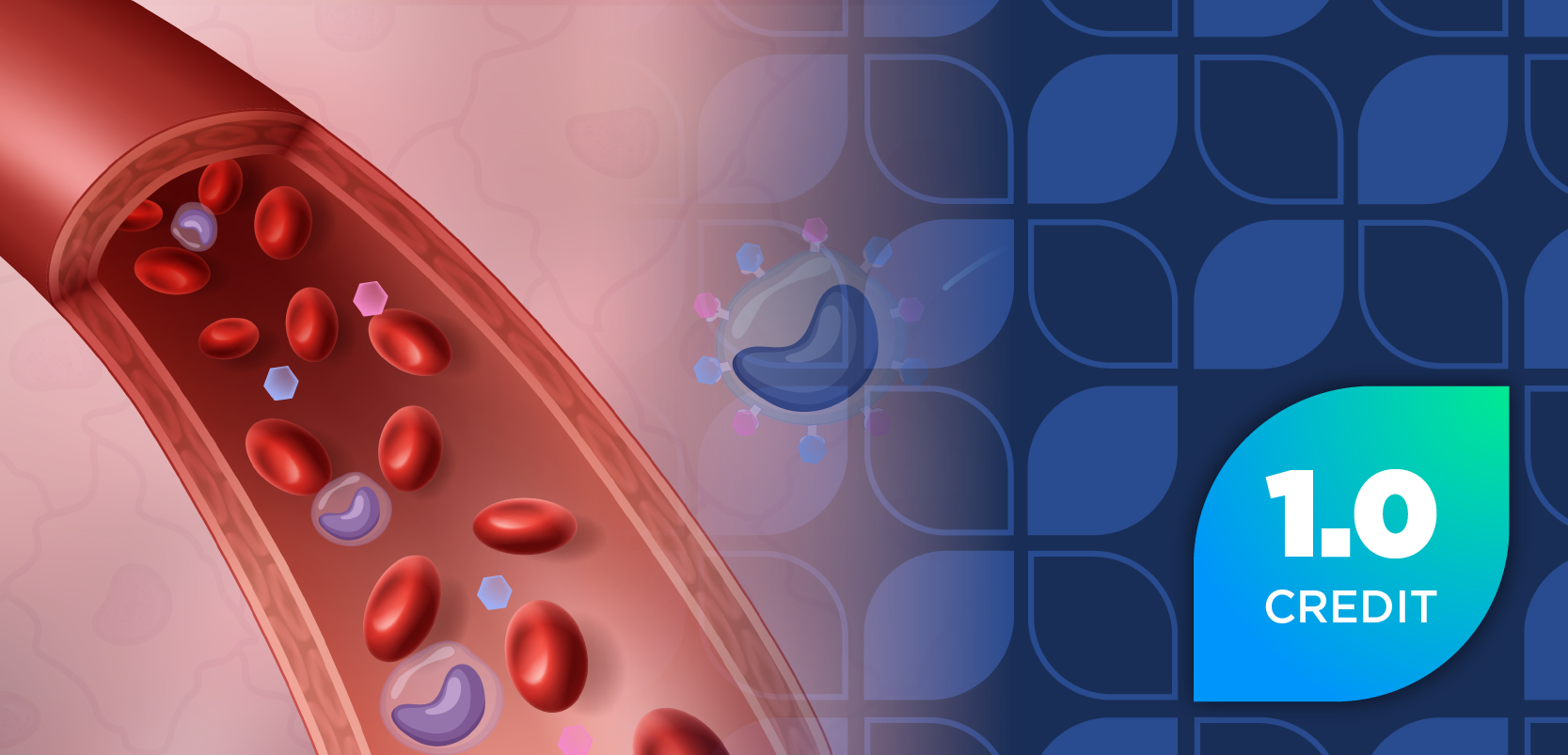Triple Combo Treatment Improves Lung Function in Patients with Cystic Fibrosis
Two phase 3 studies evaluating the triple combination regimen met the primary endpoint of improvement in lung function in patients with at least 1 F508del mutation.
An investigational triple combination treatment regimen for cystic fibrosis (CF) improved patients’ lung function in 2 phase 3 studies, according to Vertex.
Based on the data, the regimen, which combines the next-generation corrector VX-659, tezacaftor, and ivacaftor, met the primary endpoint of improvement in lung function (percent predicted forced expiratory volume in 1 second [ppFEV1]) in both studies.
In 1 study, the triple combination was evaluated in patients 12 years of age and older with 1 F508del mutation and 1 minimal function mutation for 24 weeks. The study randomized 385 patients, with 382 patients administered at least 1 dose of either VX-659 triple combination regimen or triple placebo. The data showed a mean absolute improvement in ppFEV1 of 14.0 percentage points from baseline at week 4 of treatment compared with a placebo regimen (p<0.0001).
The study is ongoing for a total of 24 weeks and will provide additional safety and efficacy data as well as data for key secondary endpoints, including the number of pulmonary exacerbations, change in sweat chloride, change in patient-reported outcomes as measured by the respiratory domain score of the Cystic Fibrosis Questionnaire-Revised, and change in body mass index.
The other study included 111 individuals with 2 F508del mutations. All patients received tezacaftor in combination with ivacaftor during a 4-week period prior to randomization. Among the patients already receiving tezacaftor and ivacaftor, the addition of VX-659 resulted in a mean improvement in ppFEV1 of 10.0 percentage points from baseline at week 4 of treatment compared with the control group, in whom placebo was added to tezacaftor and ivacaftor.
According to Vertex, the safety and efficacy profile in this study supports the potential submission of a New Drug Application for the VX-659 triple combination regimen for patients with 2 F508del mutations.
“These data mark a major milestone in our efforts to develop new CF medicines as they underscore the important clinical benefit that a triple combination regimen may provide to the vast majority of CF patients who have at least 1 F508del mutation,” Reshma Kewalramani, MD, executive vice president of Global Medicines Development and Medical Affairs, and chief medical officer at Vertex, said in a statement.
According to Dr Kewalramani, Vertex plans to evaluate the data for the VX-445 and VX-659 triple combination regimens to choose the best regimen to submit for potential approval.
Reference
Two Phase 3 Studies of the Triple Combination of VX-659, Tezacaftor and Ivacaftor Met Primary Endpoint of Improvement in Lung Function (ppFEV1) in People with Cystic Fibrosis [news release]. Vertex’s website.
Newsletter
Stay informed on drug updates, treatment guidelines, and pharmacy practice trends—subscribe to Pharmacy Times for weekly clinical insights.
Related Articles
 IMS 2025: Improving Outcomes with Bispecifics in Multiple Myeloma
IMS 2025: Improving Outcomes with Bispecifics in Multiple MyelomaSeptember 19th 2025
 Effectively Managing Immunizations in the Long-Term Care Setting
Effectively Managing Immunizations in the Long-Term Care SettingSeptember 18th 2025
 Creating a Culture of Quality in Fast-Melt Tablet Development
Creating a Culture of Quality in Fast-Melt Tablet DevelopmentSeptember 18th 2025


















































































































































































































